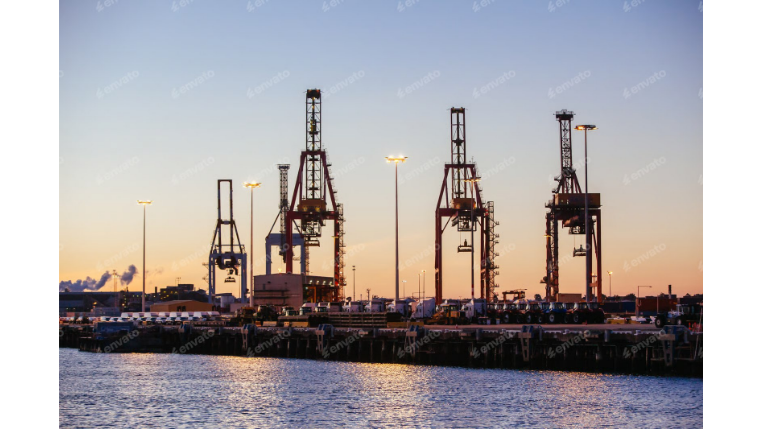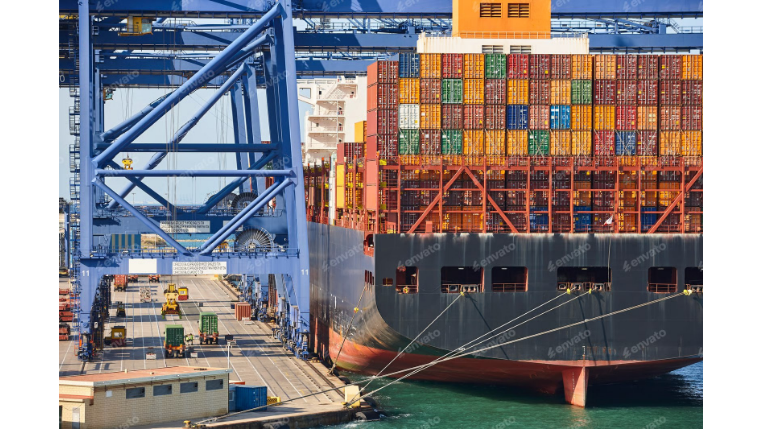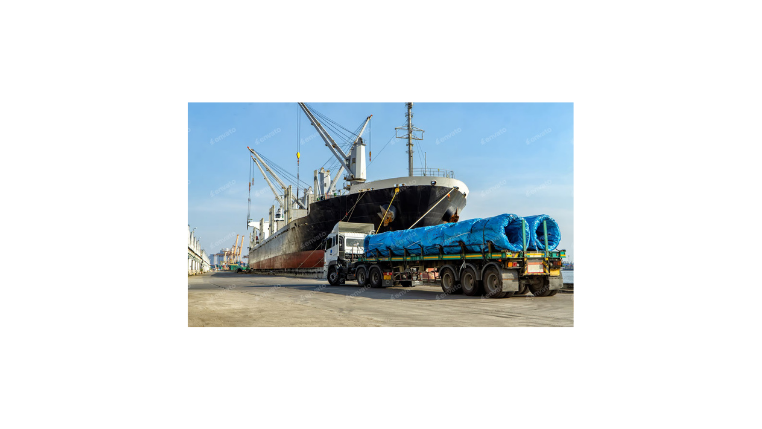How Freight Forwarders Can Avoid Invoicing Pitfalls
Invoicing is one of the most critical parts of logistics and freight forwarding operations. With slim profit margins, every missing invoice can spell disaster. If you forget one sales invoice, you have essentially handled an entire operation for free.
It might sound impossible, who forgets to invoice their customers? But in reality, this is incredibly common. If any logistics company investigates its invoicing records over a period of time, they are almost certain to find non-invoiced shipments.
So, what are the practical steps logistics companies can take to improve their invoicing process?
3 Key Steps for a Reliable Invoicing Process in Freight Forwarding
- Creating estimates and accruals as soon as the booking is created
- Switching estimates into invoices on time
- Regular profit and loss (P&L) reporting
Even if you think you've covered these steps, the devil is in the details. Let’s dive deeper into how you can design a strict and efficient invoicing process for your logistics company.
Estimates Management and Auditing
When you agree on a freight operation with your customer, you should know all sales and purchase figures upfront and create them in your freight forwarding software right away.
Key Points:
- You should be able to monitor deletions and amount changes for the estimates.
- If you agree on a credit note with your vendor or client, create credit note estimates immediately.
- Users should only be able to delete or change amounts based on their authorization level.
- There should be an audit process for mismatches between supplier invoices and purchase estimates.
- You should be able to filter bookings with missing estimates.
- Long-lived estimates should be tracked and eventually converted into invoices.
Switching Estimates to Invoices
When conditions are agreed with your client, create the invoice immediately. Every day you wait, your due date is postponed, increasing your cash flow risk.
What Your Logistics Software Should Do:
- Notify you about long-running estimates, daily or weekly reviews are essential.
- Help implement an audit process for purchase invoices, errors are frequent!
- Offer bulk and automated invoicing tools for recurring or periodic shipments.
- Generate clear reports on unpaid invoices.
- Allow automatic customer notifications for due dates and unpaid balances.
- Let you mark invoices with conflicts for internal follow-up.
- Provide alerts to the operations team about companies with payment issues. So the warehouse doesn’t accidentally proceed with shipments when the freight team has flagged the client.
Profit and Loss Reporting for Logistics Companies
This is usually done monthly, but the accuracy of these reports relies on how clean your financial data is.
Make Sure:
- You can lock shipments financially after P&L reporting to prevent post-report edits.
- Authorized users may override if necessary, but this should trigger a system warning if any shipment’s P&L has changed.
Must-Have Features in Freight Forwarding Software
To implement all these steps effectively, your logistics software must be up to the task. Here’s what you should look for:
- An advanced and easy to use authorisation system
- A powerful logging system that tracks every field and user change
- Simple but thorough auditing tools for purchase invoices
Final Thoughts
There are surely more nuances to be explored, but these key action points will help you design a smarter, more reliable invoicing workflow for your logistics operations. You can handle all these steps — and more — with Modaltrans, your all-in-one logistics and freight forwarding software.










